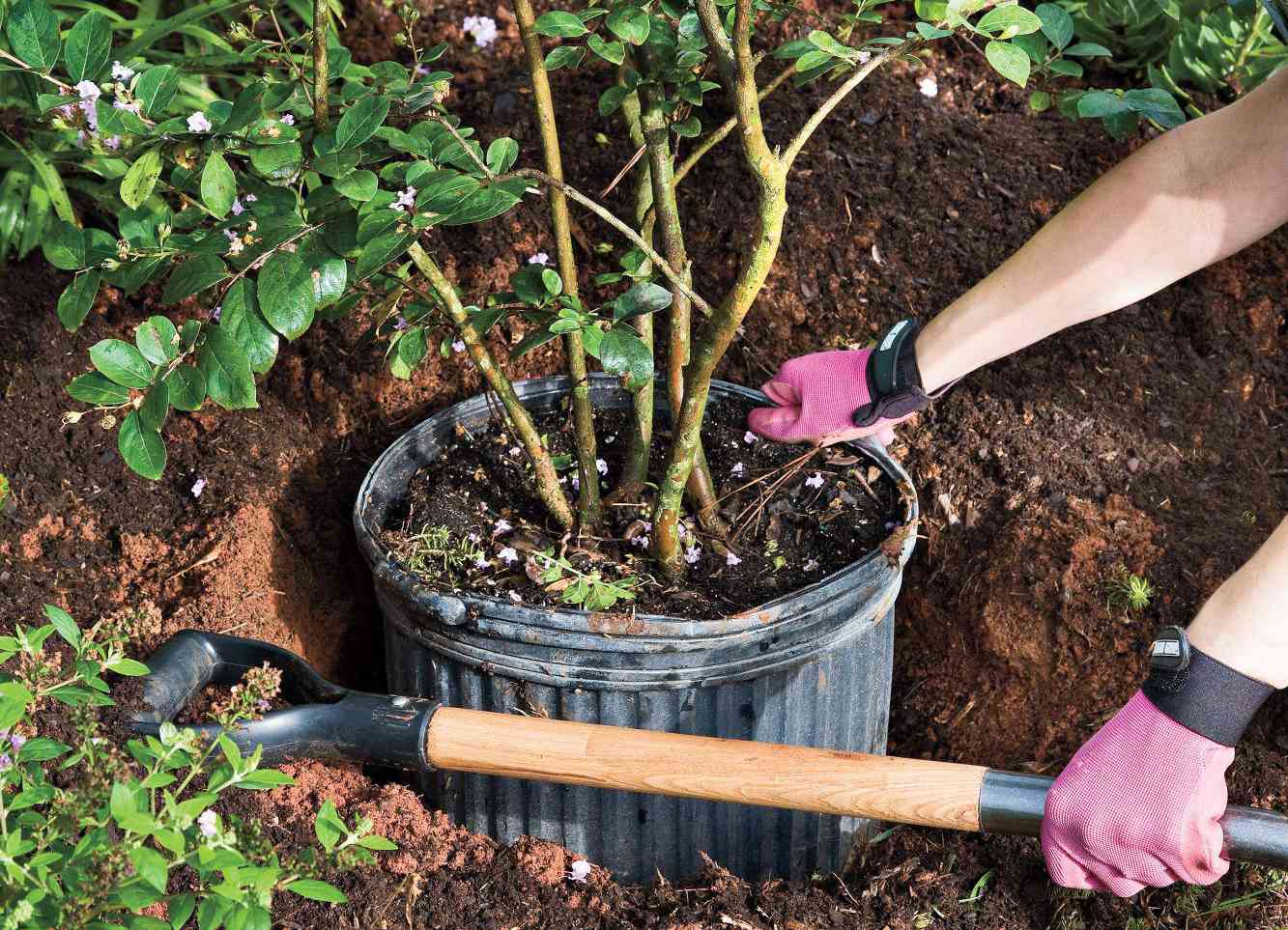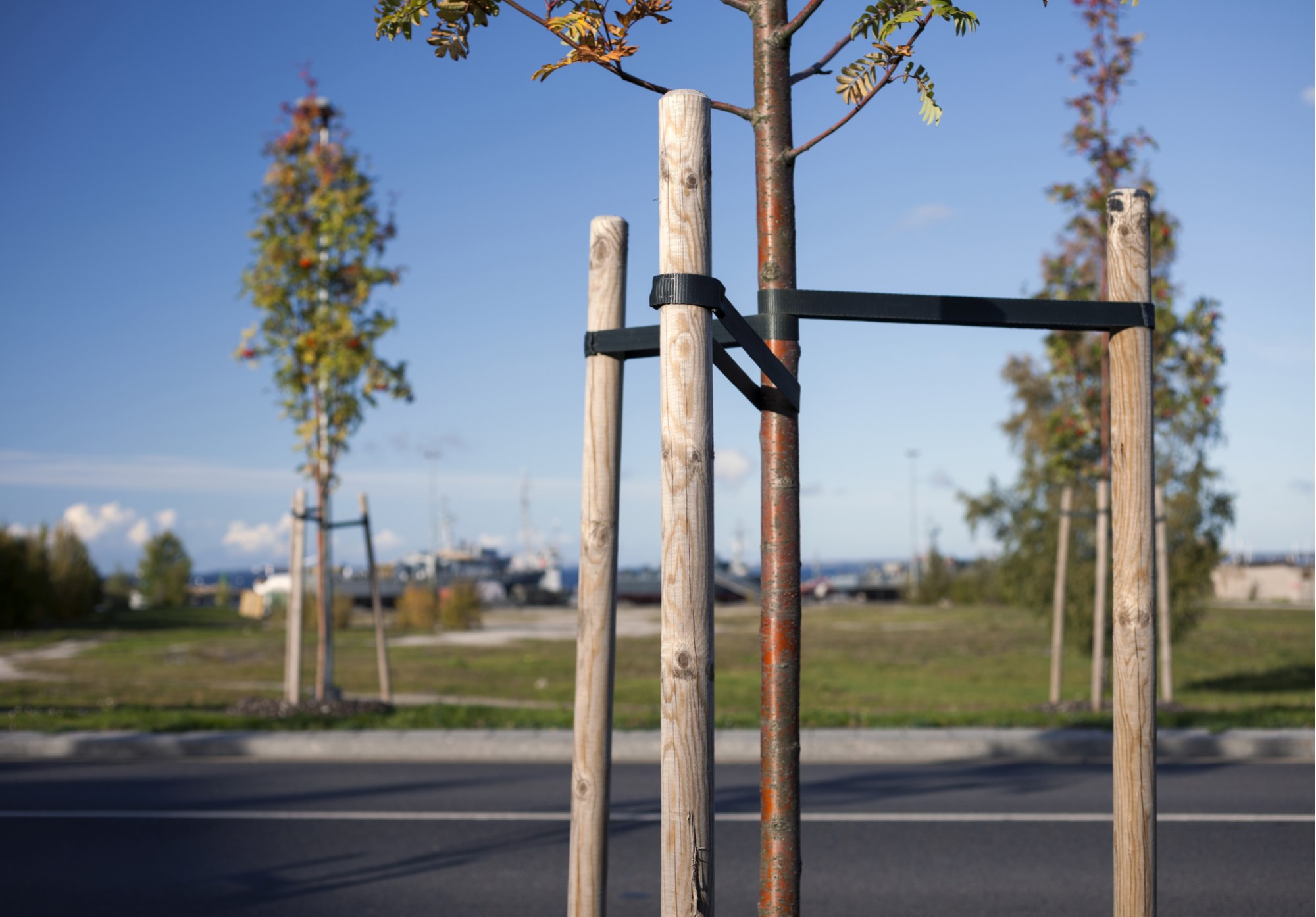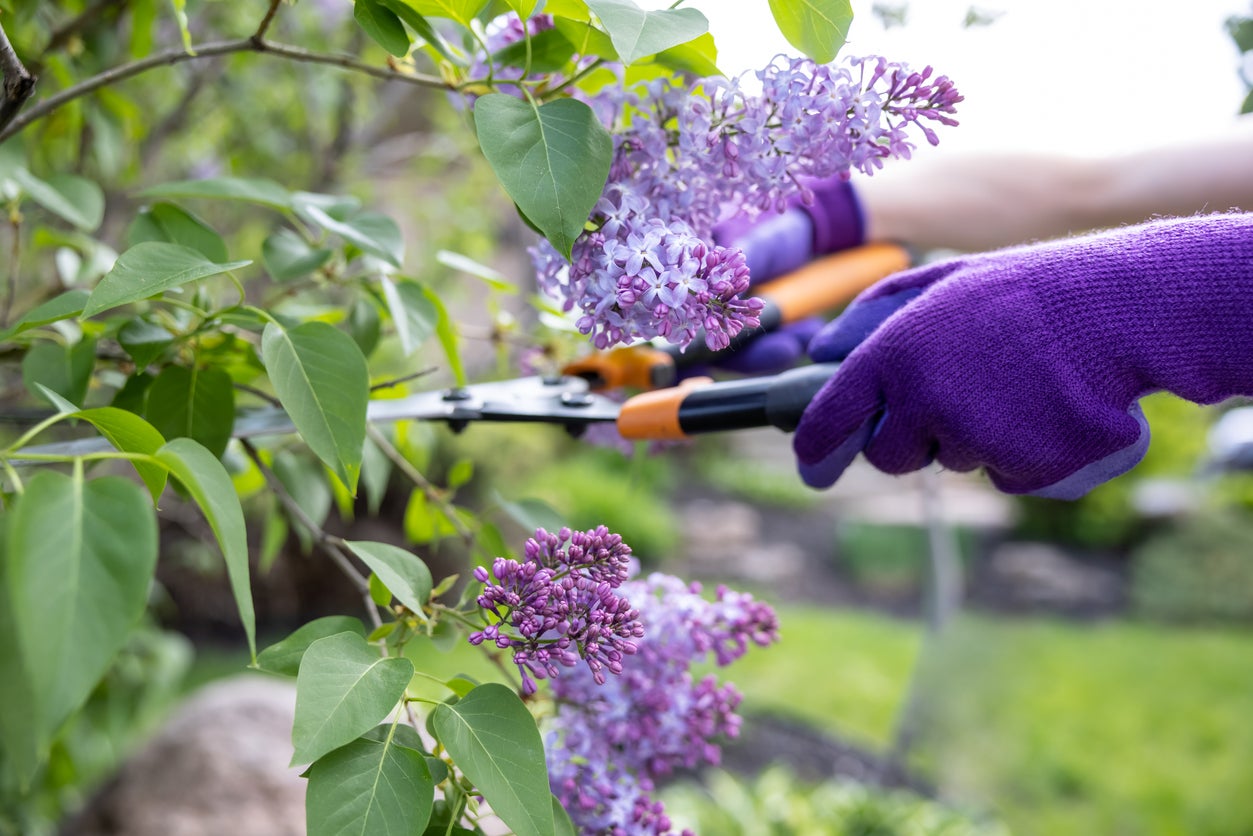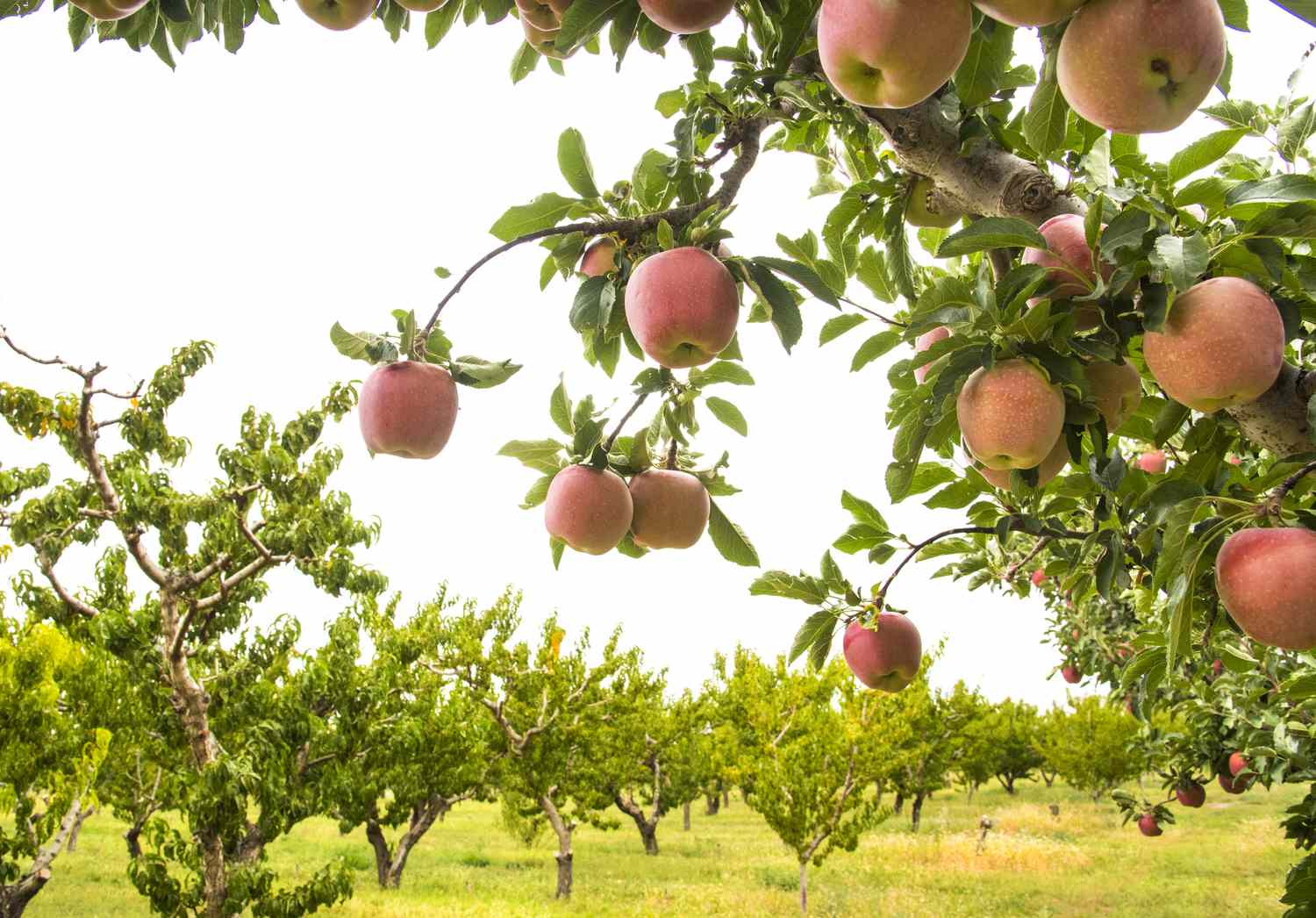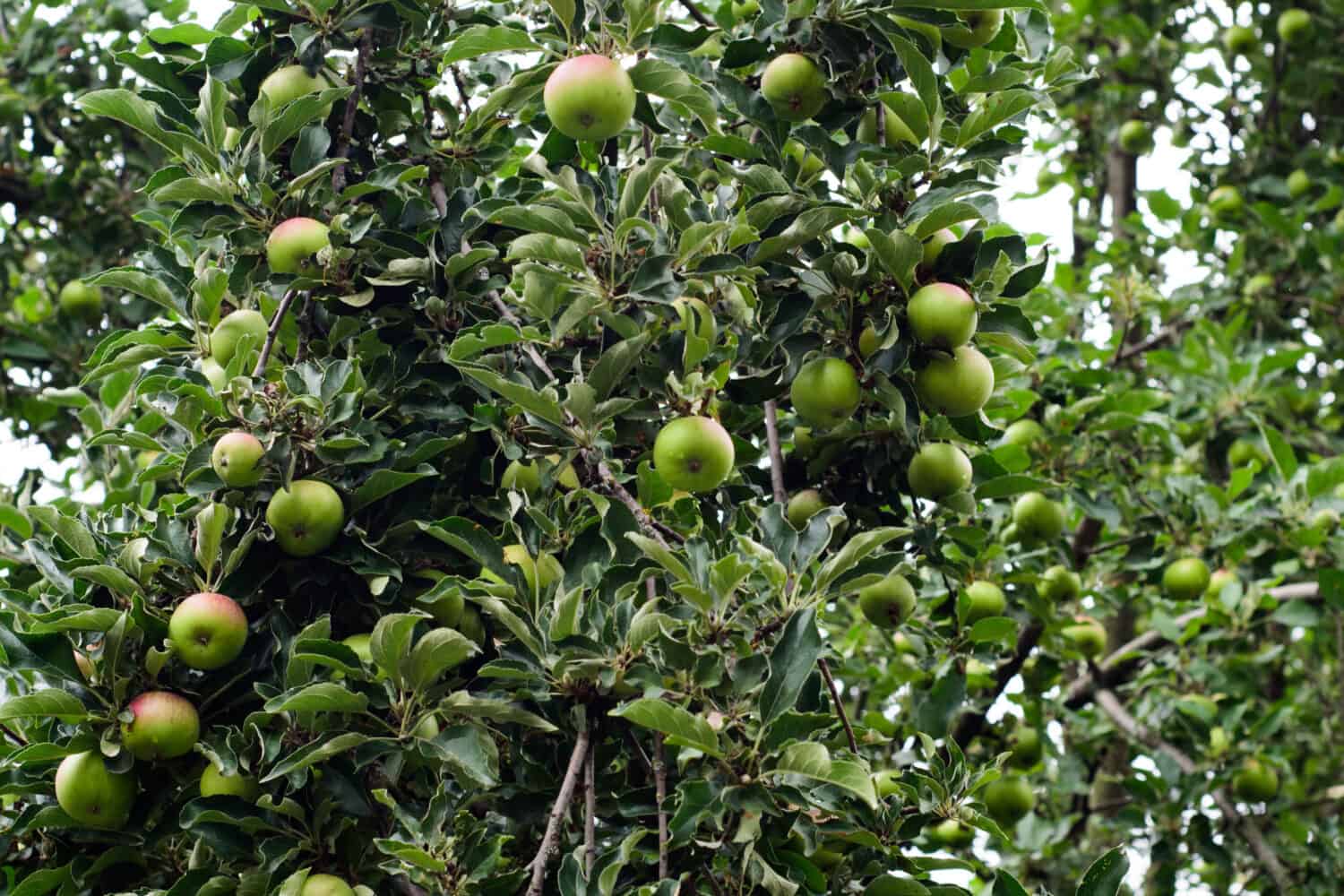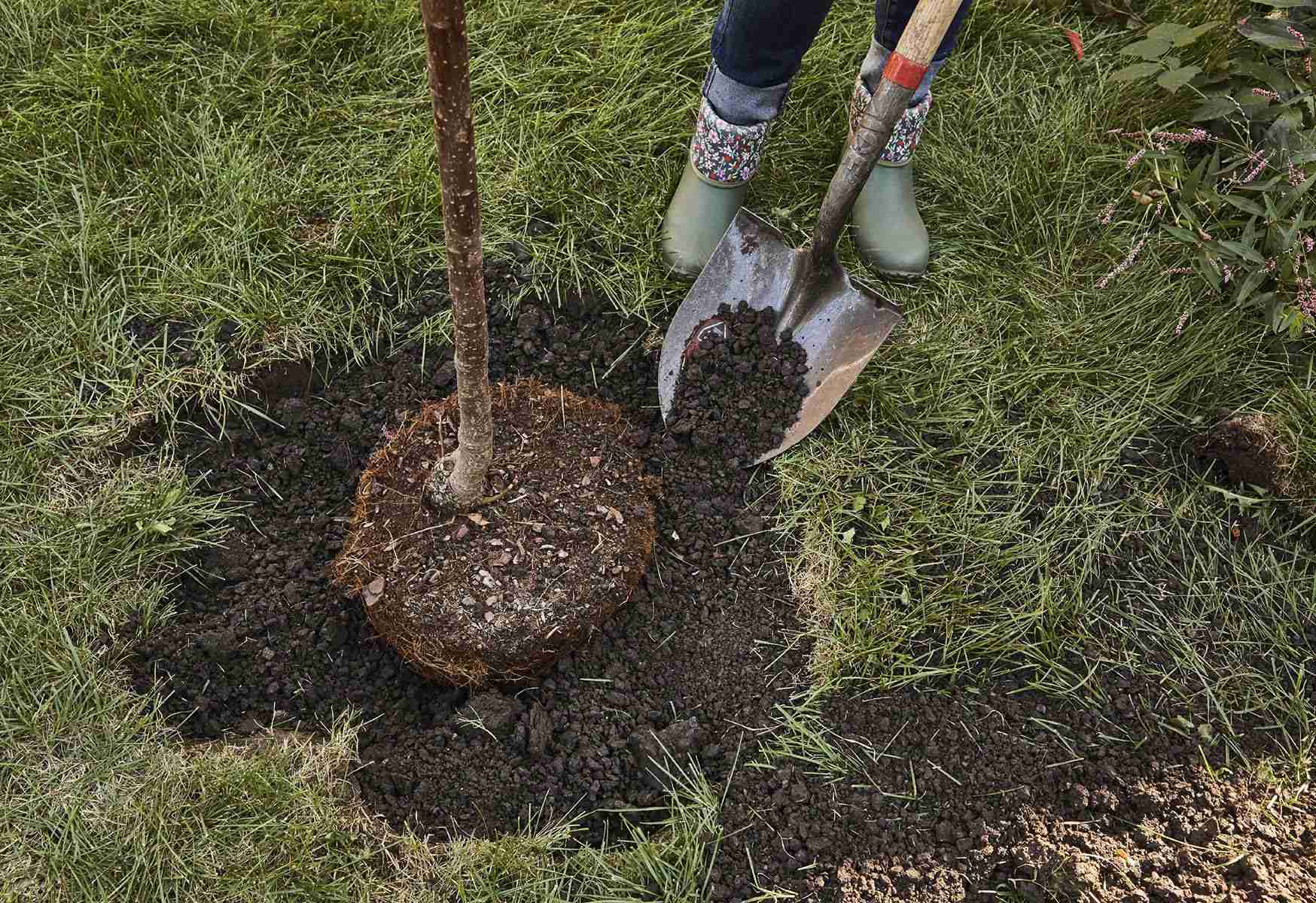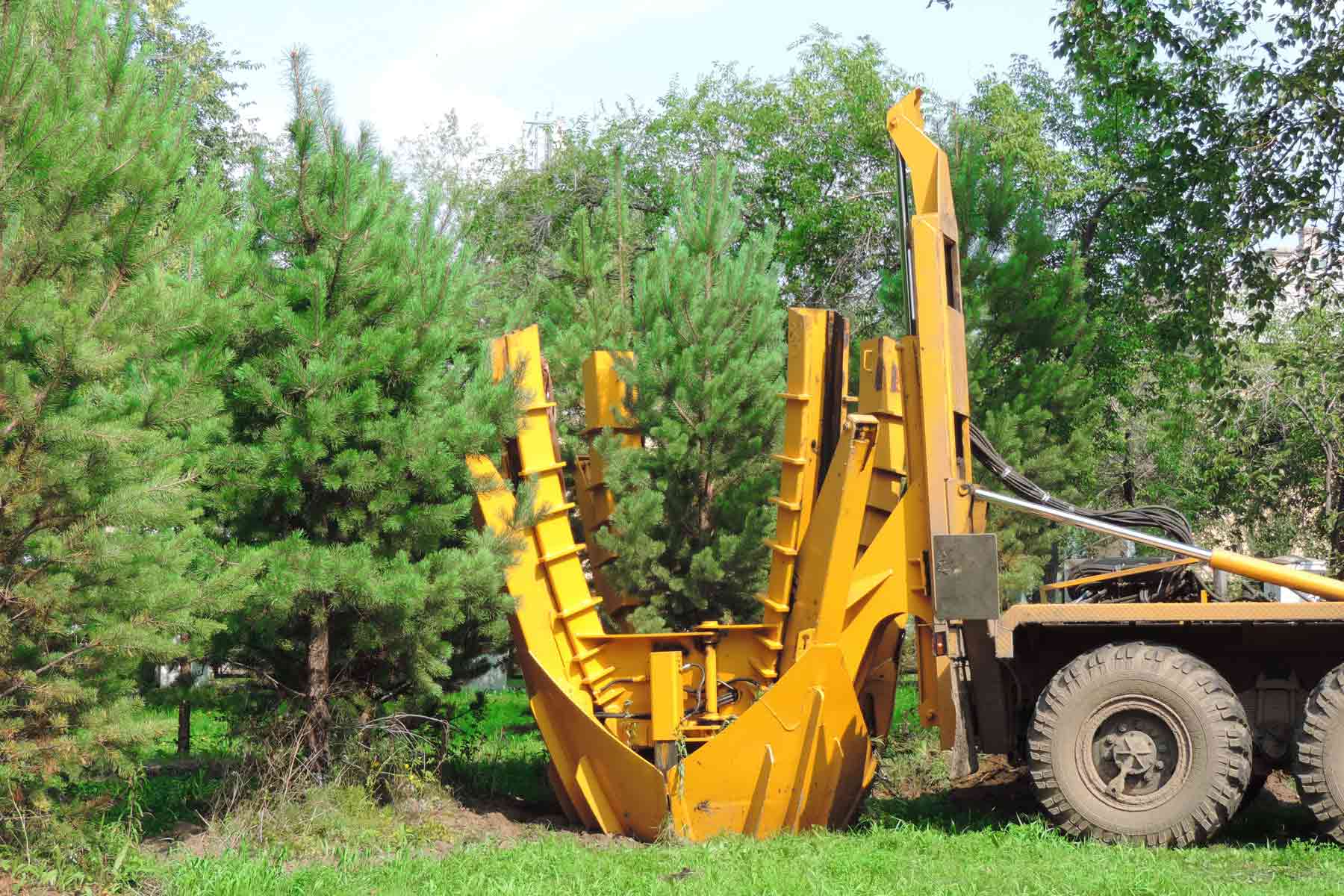Home>Types of Gardening>Ornamental Gardening>When To Plant Lilac Trees


Ornamental Gardening
When To Plant Lilac Trees
Published: November 9, 2023
Learn the best time to plant lilac trees with our comprehensive guide. Discover tips and techniques for successful ornamental gardening.
(Many of the links in this article redirect to a specific reviewed product. Your purchase of these products through affiliate links helps to generate commission for Chicagolandgardening.com, at no extra cost. Learn more)
Table of Contents
Introduction
Welcome to the world of ornamental gardening, where beauty and nature come together to create stunning landscapes. One popular addition to any garden is the enchanting lilac tree. With its vibrant colors and sweet fragrance, planting lilac trees can bring joy and tranquility to your outdoor space.
Before you plunge into your gardening journey, it’s important to understand the factors to consider when planting lilac trees. This article will guide you through the best time to plant lilac trees and provide you with valuable tips to ensure successful growth and blooming.
When it comes to ornamental gardening, timing is everything. To plant lilac trees successfully, it’s crucial to choose the right season for your region, as well as consider the specific needs of the tree. Factors such as weather conditions, soil temperature, and the tree’s dormant period play a significant role in its successful establishment and growth.
By understanding the optimal planting season, you can provide your lilac tree with the ideal conditions for healthy development, vibrant blooms, and long-lasting beauty. So, let’s dive into the details of when to plant your lilac trees and make your garden a testament to nature’s splendor.
Factors to Consider Before Planting
Before you start digging the hole for your lilac tree, there are a few important factors to consider. Taking the time to assess these factors will ensure the best chance of success for your lilac tree and create an optimal environment for its long-term growth.
1. Soil Type: Lilac trees thrive in well-draining soil that is rich in organic matter. Before planting, test your soil to determine its pH level and composition. Ideally, the soil should have a pH range of 6.5 to 7.5, slightly acidic to neutral. If necessary, amend the soil with compost or organic matter to improve its texture and nutrient content.
2. Sunlight Exposure: Lilac trees require ample sunlight to flourish. Choose a planting location that receives at least six to eight hours of direct sunlight each day. Avoid areas shaded by buildings or large trees that can hinder the tree’s growth and delay flowering.
3. Space: Consider the mature size of the lilac tree and ensure that you have enough space for it to grow. Lilac trees can reach heights of 10 to 15 feet with a spread of 8 to 12 feet, so plan accordingly and provide enough space for the tree to develop its canopy without being cramped.
4. Climate and Hardiness Zone: Lilac trees thrive in temperate climates. Different varieties have different cold hardiness levels, so choose a lilac variety that is suitable for your specific hardiness zone. Check the USDA Plant Hardiness Zone Map to determine the zone of your region and select a lilac tree variety that can withstand the local climate.
5. Pest and Disease Resistance: Some lilac tree varieties are more resistant to pests and diseases than others. Research and choose a variety that has good resistance to common lilac issues like powdery mildew, lilac borers, and aphids. This will save you from potential headaches and ensure your lilac tree remains healthy and vibrant.
By considering these factors and preparing the ideal planting conditions, you can create a suitable environment for your lilac tree and set the stage for its future growth and blossoming. Now, let’s move on to discovering the best time to plant your lilac trees.
Best Time to Plant Lilac Trees
Timing plays a crucial role in the successful establishment and growth of lilac trees. The best time to plant lilac trees depends on several factors, including the climate, region, and the specific variety of lilac you have chosen.
Spring Planting: Spring is generally considered the best time to plant lilac trees. This is because the soil begins to warm up, creating ideal conditions for root establishment. It is recommended to plant lilac trees in early spring, before they start budding or flowering. This allows the tree to focus its energy on developing a strong root system, which will support healthy growth and abundant blooms in the following years.
Fall Planting: In some regions, fall can also be a suitable time for planting lilac trees. Fall planting allows the tree to establish its root system before winter dormancy sets in. However, it’s important to plant at least six weeks before the first frost to ensure the roots have enough time to develop. Fall planting is generally not recommended in colder climates or areas with harsh winters, as the young lilac tree may not have sufficient time to establish itself before the cold weather arrives.
It’s important to note that extreme weather conditions, such as heatwaves or frost, can impact the success of planting lilac trees. Avoid planting during periods of extreme temperature fluctuations or when the ground is frozen or waterlogged.
Before planting, prepare the soil by removing any weeds, roots, or rocks. Dig a hole that is twice as wide and just as deep as the root ball. Gently loosen the roots and place the tree in the hole, making sure it is at the same level as it was in the container or nursery. Backfill the hole with soil, firmly but gently tamping it down around the roots. Water thoroughly after planting to settle the soil and provide moisture to the roots.
Now that you know the best time to plant lilac trees, let’s explore some essential tips to ensure their successful growth and blooming.
Spring Planting
Spring planting is widely considered the optimal time to plant lilac trees. As the weather warms up and the soil begins to thaw, it creates favorable conditions for the tree’s root establishment. Planting in early spring, before the buds appear, allows the lilac tree to allocate its energy towards root development, leading to a stronger and more resilient tree.
When undertaking spring planting, follow these essential tips:
- Choose Healthy Trees: Select young, healthy trees with well-developed root systems. Look for trees with sturdy stems, smooth bark, and foliage that is free from pests or diseases. Healthy trees have a better chance of establishing themselves quickly and thriving in their new environment.
- Prepare the Soil: Prior to planting, prepare the soil by removing any existing weeds, rocks, or debris. Loosen the soil with a garden fork or tiller, breaking up any compacted areas. Add organic matter, such as compost or well-rotted manure, to improve soil fertility and drainage.
- Dig the Planting Hole: Dig a hole that is twice as wide and just as deep as the root ball. This will provide ample space for the roots to spread out comfortably. Ensure that the hole is deep enough so that the top of the root ball is level with the surrounding soil.
- Positioning: Place the lilac tree in the center of the hole, making sure it is upright. Gently spread out the roots, being careful not to damage or break them. Backfill the hole with soil, firming it gently around the roots. Avoid compacting the soil too tightly, as it can inhibit water and air movement.
- Watering: After planting, water the lilac tree thoroughly to settle the soil and provide moisture to the roots. Maintain a regular watering schedule throughout the spring and summer, especially during dry periods. Deep, infrequent watering is preferable to shallow, frequent watering, as it encourages the development of a strong, deep root system.
- Mulching: Apply a layer of organic mulch, such as wood chips or shredded bark, around the base of the lilac tree, leaving a small space around the trunk. Mulching helps retain moisture, suppresses weeds, and moderates soil temperature. Avoid placing mulch directly against the trunk, as it can promote moisture retention and lead to rot.
By following these steps, you can give your lilac tree the best start in its new home. Remember to monitor the tree’s progress, regularly inspecting for signs of pests, diseases, or nutrient deficiencies. With proper care and attention, your lilac tree will thrive, filling your garden with its exquisite beauty and fragrance.
Fall Planting
While spring is the recommended time for planting lilac trees, fall planting can also be a viable option in certain regions. Fall planting allows the lilac tree to establish its root system before the onset of winter dormancy. By planting in the fall, you provide the tree with a head start in terms of root development, resulting in stronger growth and earlier blooming the following spring.
Consider the following tips when planting lilac trees in the fall:
- Timing: Fall planting should be done at least six weeks before the first expected frost. This allows the lilac tree enough time to establish its roots before the soil freezes.
- Soil Preparation: Prepare the planting area by removing weeds, rocks, and any other debris. Loosen the soil and add organic matter, such as compost or well-rotted manure, to improve its texture and fertility.
- Hole Digging: Dig a hole that is twice as wide and just as deep as the root ball. Place the lilac tree in the hole, ensuring that the top of the root ball is level with the surrounding soil.
- Gentle Handling: Carefully spread out the roots of the lilac tree, being cautious not to damage or break them. Backfill the hole with soil, gently firming it around the roots.
- Watering: After planting, water the lilac tree thoroughly to settle the soil and provide moisture to the roots. Ensure the soil remains moist but not waterlogged throughout the fall, as adequate hydration is crucial for root establishment.
- Protection: Before winter sets in, consider adding a layer of organic mulch around the base of the lilac tree. The mulch will provide insulation, regulating soil temperature and helping to retain moisture. Be mindful not to pile mulch against the trunk, as it can encourage rot and other issues.
It’s important to note that fall planting may not be suitable for regions with extremely cold winters or areas prone to early frost. In such cases, spring planting remains the safer option to ensure the successful establishment of lilac trees.
Monitor the lilac tree closely during the fall and winter months, paying attention to its moisture levels and general condition. Protect the tree from harsh weather conditions, such as heavy snow or ice accumulation, by gently removing any snow load that may accumulate on the branches.
By following these guidelines, you can plant lilac trees in the fall and give them a head start in establishing their roots, setting the stage for a vibrant and blooming spring display that will delight your senses.
Planting Tips
Planting lilac trees requires attention to detail and proper care to ensure their successful growth and blooming. Consider the following tips to maximize the chances of your lilac tree thriving in your garden:
- Choose the Right Variety: Select a lilac tree variety that is well-suited for your specific climate, soil type, and hardiness zone. Different lilac varieties have different growth habits, flower colors, and fragrance intensities, so choose one that aligns with your preferences and garden conditions.
- Proper Spacing: Give your lilac tree enough space to grow and reach its mature size. Avoid planting them too close to buildings, fences, or other trees, as they need adequate airflow and sunlight to thrive. Consult the planting instructions for your specific variety to determine the recommended spacing distance.
- Watering: While lilac trees are relatively drought-tolerant once established, proper watering is still critical during their early stages of growth. Water the tree thoroughly after planting and continue to provide sufficient irrigation during dry spells. Deep watering is preferable over frequent shallow watering to encourage deep root establishment.
- Pruning: Regular pruning is essential for maintaining the shape, size, and health of your lilac tree. Prune your lilac tree after its blooming period has ended, removing any dead or diseased branches. Avoid excessive pruning, as this may reduce the number of blooms the following season.
- Fertilization: Lilac trees generally do not require heavy fertilization. However, applying a balanced slow-release fertilizer in early spring can provide a boost of nutrients for healthy growth and blooming. Follow the instructions on the fertilizer packaging to determine the appropriate application rates.
- Deadheading: Remove spent blooms after they fade to encourage the production of new buds for the following season. Deadheading not only promotes a cleaner appearance but also redirects the energy of the tree towards new growth rather than seed production.
- Mulching: Apply a layer of organic mulch around the base of the lilac tree to conserve soil moisture, inhibit weed growth, and regulate soil temperature. Maintain a gap between the trunk and the mulch to prevent moisture buildup and potential rot.
- Pest and Disease Control: Monitor your lilac tree for any signs of pests, such as aphids or borers, as well as common lilac diseases like powdery mildew. Treat any issues promptly using environmentally friendly methods or seek professional advice, if necessary.
- Patience and Enjoyment: Growing a lilac tree requires patience. It may take a few years for the tree to become fully established and produce abundant blooms. Enjoy the process of nurturing your lilac tree, and take pleasure in its majestic beauty and delightful fragrance when it finally comes into full bloom.
By following these tips and giving your lilac tree the care it needs, you can create a beautiful and thriving addition to your garden that will bring joy and enchantment for years to come.
Conclusion
Planting lilac trees in your garden can bring a sense of beauty, tranquility, and enchantment. Understanding the factors to consider before planting and the best time to plant lilac trees is crucial for their successful growth and blooming. Whether you choose to plant in the spring or fall, providing the right conditions for your lilac tree will set the stage for its long-term health and bountiful blossoms.
Before planting, consider the soil type, sunlight exposure, available space, climate, and pest resistance. These factors will ensure that your lilac tree has the best chance to thrive and add natural elegance to your garden.
Spring planting is generally recommended, allowing the lilac tree to focus its energy on developing a strong root system. Fall planting can be a viable option in certain regions, but it’s important to consider the potential risks of early frost and extreme winter weather.
Proper planting techniques, including preparing the soil, positioning the tree, watering, mulching, and providing adequate care, will support the healthy growth and blooming of your lilac tree. Regular pruning, deadheading, and pest and disease control will also help maintain the tree’s overall health and appearance.
Remember, growing a lilac tree requires patience and time. It may take a few years for the tree to reach its full potential, but the reward of vibrant blooms and sweet fragrances will be well worth the wait.
So, embark on your ornamental gardening journey and plant lilac trees to create a stunning focal point in your outdoor space. Let nature’s beauty unfold as you nurture and care for your lilac tree, and may your garden be filled with the enchanting sights and scents that only lilacs can provide.
